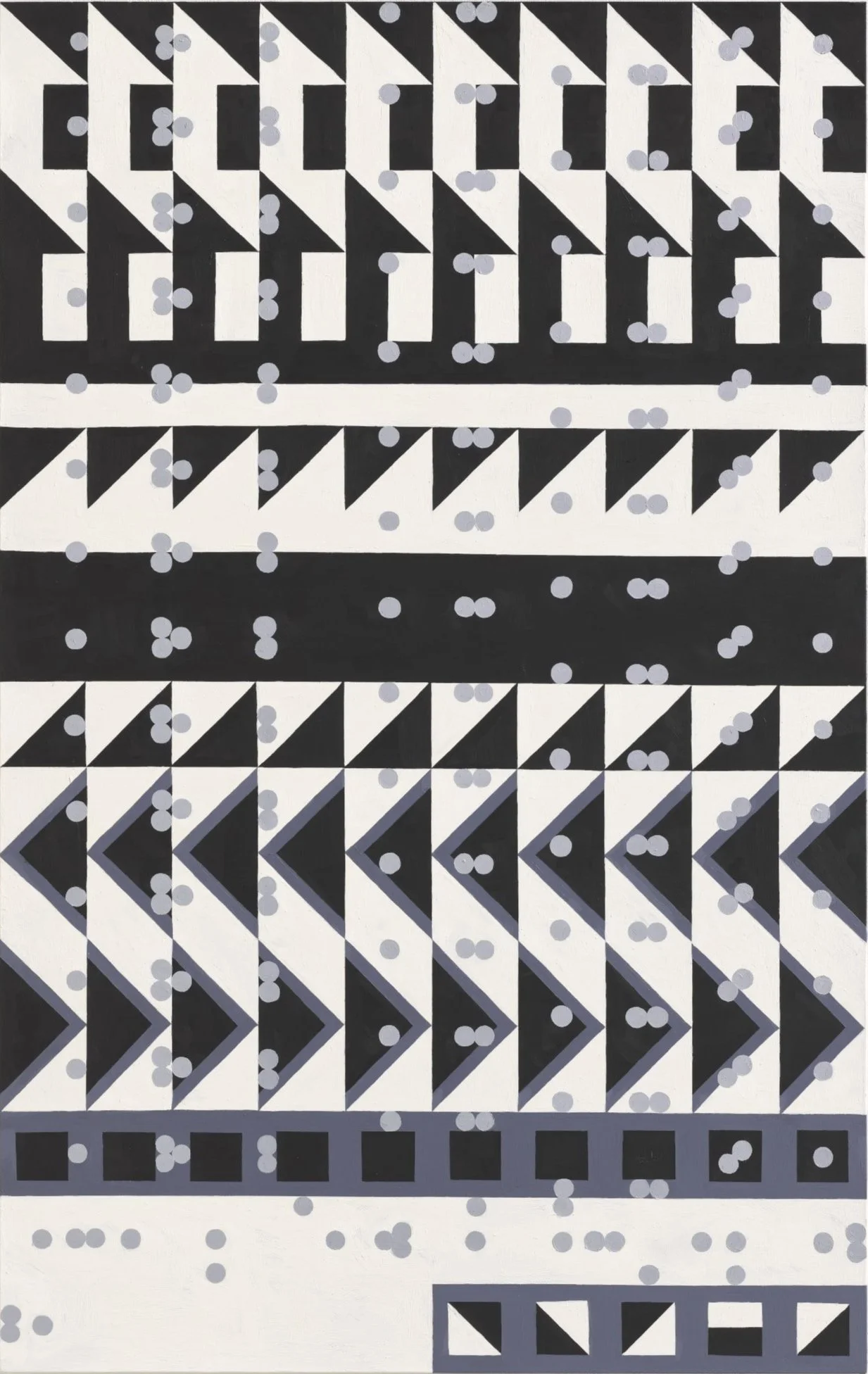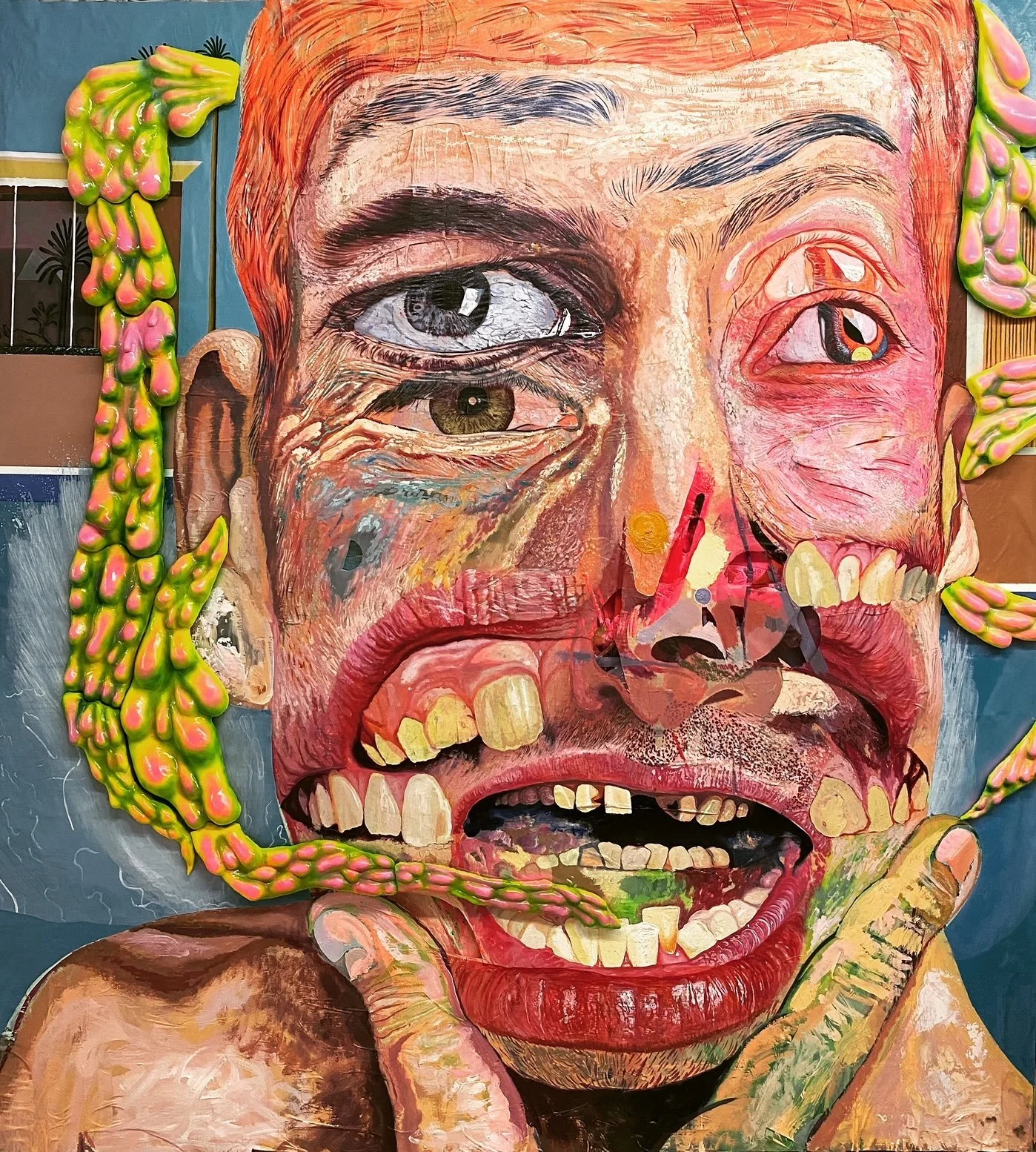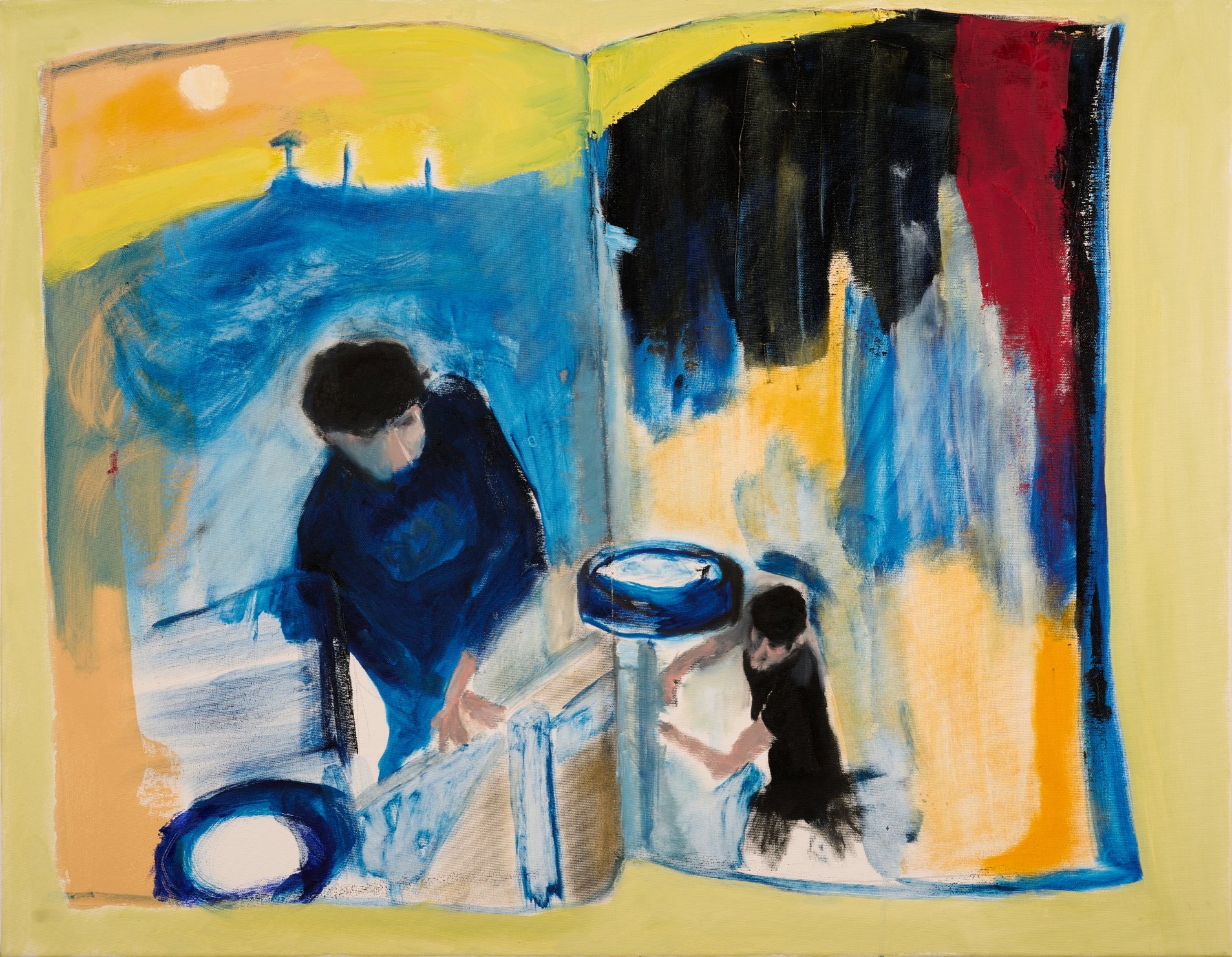10 Questions with A Young Lee
THE ORIGINAL ISSUE10 Art Magazine | Featured Artist
A Young Lee is a visual artist based in Seoul, Korea. She is interested in language, communication, and emotions. Her works use a typography and new language she created. Lee's works do not suggest certain ways to read or meaning behind her paintings because she respects and welcomes people's experiences and feelings, just like verbal communication does. The title of her works becomes the subject of the conversations, and colors, texture, and shapes tell her stories. Viewers read or feel her works through their imagination, experiences, and so on. This circumstance is the ideal communication that she desires- no boundaries and no limits. Lee received BFA in Illustration from Parsons School of Design in 2016 and an MFA in Fine Art from the School of Visual Arts in 2021.
www.angela-rt.com | @angelangela.rt
A Young Lee - Portrait
ARTIST STATEMENT
A Young Lee created her typography and a new language by dismantling the essential elements of a language. Learning is not a prerequisite in her vocabulary. It cannot be read with the eyes or spoken by the mouth like letters, but has bestowed a new role within the framework of art. It is intact emotion and feeling. That's how Lee's language is used. Color and texture are consonants and vowels. And together, they represent a new meaning. Through the concept of concealment, Lee opens a conversation and suggests that viewers discuss and think about her works in their own ways. She doesn't want her viewers to have certain answers for her works. Lee's works are not only conveying meanings to the phrases, but also feelings about the meanings. Instead of guides for how to see and read the works, she chose for people to imagine infinitely and freely, be honest with their feelings, reflect on her works with their own experiences, and see it from their own point of view. Consequently, these definite and indefinite elements in her works are harmonized and tell stories. This is her language and the way she communicates as an artist.
Winter, Oil and Wax on Canvas, 100x160 cm, 2022 © A Young Lee
Publications featuring the artist
INTERVIEW
First of all, let’s talk about your background. Could you tell us a little more about yourself and how did you begin making art?
I was born and spent my childhood in South Korea. I moved to Toronto, Canada, when I was 14 years old. I initially had a very difficult time getting used to a new culture, so I chose to take an art class during my leisure time. I started making art for fun for the first time, but eventually, I could focus on myself and relieve all my stress while creating art. Since then, I have been making art.
When did you decide to become an artist? And what do you wish you knew about contemporary art before you got started?
To be honest, I decided to become an artist after I graduated with my undergraduate degree. I had never thought about being an artist, even as an undergraduate student. I went to art school because creating works of art entertained me. After graduation, when I was deeply considering my future, I realized that art was the only thing I wanted to do. But, I wish I knew that the term ‘contemporary art’ includes more than what I initially thought and that it means I must constantly and continuously experiment, develop, and look for opportunities.
To Me From You IV © A Young Lee
Let’s talk about your creative process. Where do you draw inspiration from nowadays?
I have a habit of recording random things in my life. They can be notes, photos, sounds, or physical things. I have millions of photos and notes on my cellphone. These are all my inspiration. Because my paintings interact with feelings and moods, I try to capture and cherish what I see, eat, hear, smell, and touch as much as possible and move on to canvases in my ways.
What is your artistic routine when working? Do you have a set schedule, or do you work following your inspiration?
I don’t think I have a particular routine when I’m working. There are days when I am exceptionally moody or motivated. When it’s one of those days, I am extremely focused on creating works.
Your latest paintings mimic a language or an alphabet and rely on the typography you invented yourself. What do you want to communicate to the public with this series?
All of my paintings do tell messages in my typography, but they are not readable. Colors and shapes are my only way to communicate with viewers. Whether someone can or cannot read is not important for my paintings. What you feel, what you come up with is the utmost subject. That is what I seek from viewers. Everyone has a different background and experiences, so I cannot force people to think in certain ways. Each person has a different perspective on a sentence, and it works the same in my paintings. I tell a story through my works, and viewers feel and throw their memories back—those are the answers to my story and the communication I look for.
To Me From You II © A Young Lee
Sincerity I © A Young Lee
Sincerity II © A Young Lee
The paintings use abstract and geometrical forms to create your language. How did you choose these forms, and what do they represent for you?
I have a table of my typography. Instead of abstract shapes, I chose geometric shapes because they are familiar and international. Each triangle, rectangle, and circle represent either a vowel or a consonant. To me, the shapes are words. Continuous geometric shapes—a word—create a new geometric shape as well, and I believe that makes my language even more mysterious.
What about the colors you use in your paintings? Do they convey a message as well related to your language? And what do they mean for you?
Yes, they do convey the message as well. Colors are crucial in my works because I imply the meaning of the message through colors instead of revealing the words. In other words, colors express the moods of messages. As such, I carefully choose the color pallets. A slight change of saturation or hue can create different feelings. Therefore, I can say colors are my message as well as a representation of my experiences.
How did you come up with this idea, and how do you see it evolving in the future? Do you plan to continue this series?
When I had a small background in art history, I did not know how to read art works in galleries. I thought that there must be a typical method to understand works. I also had the experience of a language barrier. Art is universal and is something that all cultures can enjoy. I always want to create works of art that are not interrupted by limitations of language and do not require any knowledge. So, I concluded with an answer: ‘feeling’. I want to experiment more with the concept of typography in the future. Using my typography, creating a story that is not practically readable but metaphorically readable will be my challenge. Yet, I will continue to create the series. I have many stories to tell and diverse color pallets to explore.
Untitled, Oil and Wax on Canvas, 160x100cm, 2021 © A Young Lee
Talking about the future, what are you working on now, and what are your plans for the future? Do you have any upcoming exhibitions or projects?
I am currently working on my first solo show in Korea in May. I am painting a new series that has not yet been titled. This new series consists of 6 paintings. The message of each painting can work alone as well as together. Plus, the message can be read both positively and negatively depending on how the viewer feels. By having various canvas sizes and colors, I am going to tell two versions of the same story. I have upcoming exhibitions in Venice, Italy, in April, and in Rome in May as well.
Finally, what do you wish to accomplish this year, both in career goals and personal life?
I wish to have more opportunities to show my work to people in Korea and overseas. I am working as hard as I am and am satisfied with the results. I hope I create more paintings this year and that my physical strength will sustain me in the meantime. Staying physically and mentally healthy is my most vital goal for this year.

























